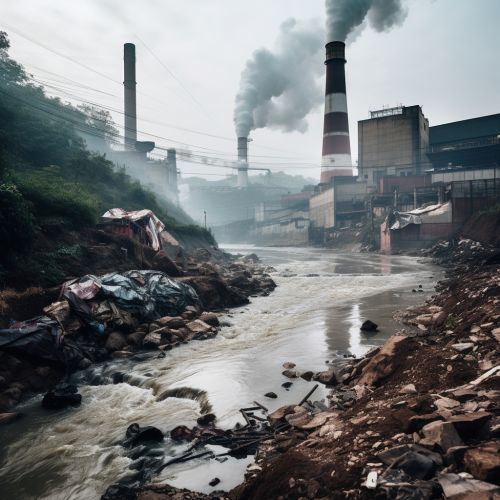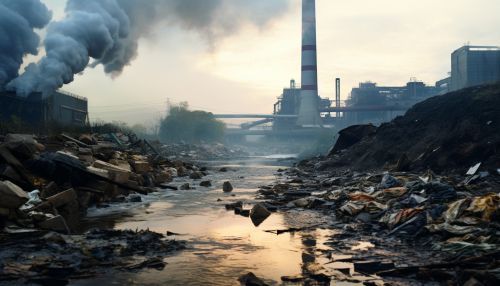Technological solutions for water pollution
Introduction
Water pollution is a significant environmental issue that affects ecosystems and human health worldwide. It occurs when harmful substances, often chemicals or microorganisms, contaminate a body of water, degrading water quality and rendering it toxic to humans or the environment. Technological solutions for water pollution are diverse and include both prevention and remediation strategies. These solutions are crucial in our efforts to safeguard water resources and ensure their sustainability for future generations.
Sources of Water Pollution
Water pollution can originate from various sources, categorized broadly into point sources and non-point sources. Point sources of water pollution include industrial waste from factories, sewage treatment plants, and oil spills. Non-point sources, on the other hand, are diffuse and include agricultural runoff, stormwater runoff, and atmospheric deposition. Understanding the sources of water pollution is critical in developing effective control strategies.


Prevention Technologies
Prevention is often the most cost-effective way to address water pollution. It involves stopping the pollution at its source before it enters the water body. Several technologies are available for this purpose.
Industrial Wastewater Treatment
Industrial wastewater treatment involves the removal of pollutants from wastewater before it is discharged into a water body. This can be achieved through various methods, including physical, chemical, and biological processes. Advanced technologies such as membrane technology, reverse osmosis, and electrocoagulation are increasingly being used in industrial wastewater treatment.
Stormwater Management
Stormwater management technologies aim to reduce the impact of stormwater runoff, a significant non-point source of water pollution. These technologies include green infrastructure such as rain gardens, permeable pavement, and green roofs, which absorb and filter stormwater.
Precision Agriculture
Precision agriculture involves the use of technology to optimize the use of fertilizers and pesticides, reducing agricultural runoff. Technologies used in precision agriculture include GPS, remote sensing, and variable rate technology.
Remediation Technologies
When prevention is not enough, remediation technologies can be used to clean up polluted water bodies. These technologies are often more expensive and complex than prevention technologies.
Bioremediation
Bioremediation involves the use of living organisms, usually microorganisms or plants, to degrade pollutants. This can be achieved in situ, without moving the polluted water, or ex situ, where the water is treated elsewhere. Bioremediation technologies include phytoremediation, bioaugmentation, and biostimulation.
Chemical Treatment
Chemical treatment involves the use of chemicals to precipitate, neutralize, or degrade pollutants. This includes technologies such as chemical precipitation, ion exchange, and advanced oxidation processes.
Physical Treatment
Physical treatment involves the use of physical processes to remove pollutants. This includes technologies such as sedimentation, filtration, and flotation.
Future Technologies
Research is ongoing to develop new and more effective technologies for water pollution prevention and remediation. These future technologies include nanotechnology, biochar, and artificial intelligence.
Conclusion
Technological solutions for water pollution are diverse and continually evolving. They play a crucial role in our efforts to protect and sustain our water resources. While challenges remain, the ongoing development of new technologies offers hope for the future.
